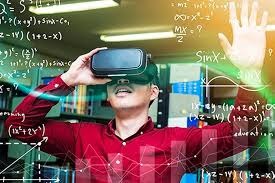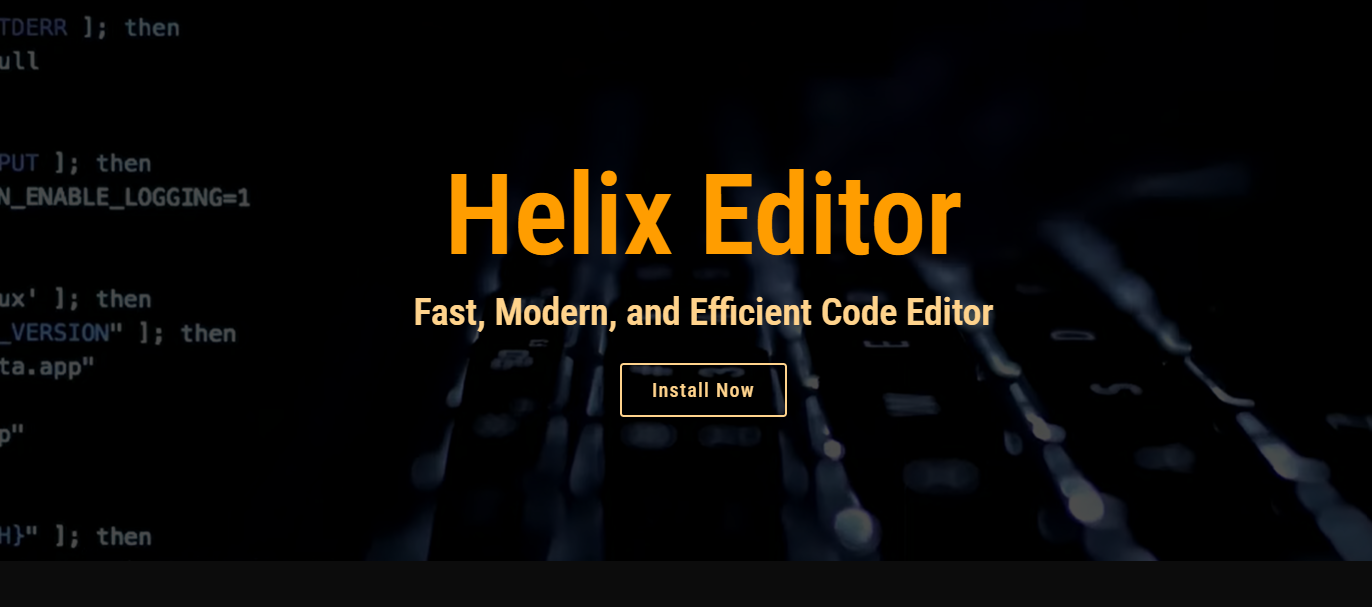How Technology is Reshaping Modern Education

Introduction
Education has undergone a dramatic transformation over the past decade, largely due to the integration of tech into classrooms worldwide. From interactive smartboards to artificial intelligence applications, technological advancements have created unprecedented opportunities for enhanced learning experiences. These digital tools are not merely supplementary resources but have become fundamental components of modern educational frameworks. The adoption of technology in education has accelerated dramatically, particularly following global events like the COVID-19 pandemic, which forced educational institutions to embrace remote learning solutions virtually overnight.
The Evolution of Educational Technology
From Chalkboards to Virtual Reality
The journey from traditional teaching methods to technology-enhanced education represents one of the most significant paradigm shifts in educational history. Early technological interventions in classrooms began with simple audio-visual aids, gradually progressing to computer labs, and now extending to comprehensive digital ecosystems that integrate various learning platforms, assessment tools, and communication channels.
Virtual reality (VR) and augmented reality (AR) stand at the frontier of this evolution, offering immersive educational experiences that were inconceivable just a decade ago. Students can now virtually walk through ancient civilizations, explore the human body from within, or conduct hazardous scientific experiments without physical risk—all through the power of immersive technology.
The Rise of Adaptive Learning
Artificial intelligence has enabled the development of adaptive learning systems that personalize education to each student’s needs. These sophisticated platforms analyze learning patterns, identify knowledge gaps, and adjust content delivery accordingly. This level of personalization was impossible in traditional educational settings where teachers were responsible for managing diverse classrooms with varying learning needs simultaneously.
The Changing Role of Educators
The technological revolution in education has not diminished the importance of teachers; rather, it has transformed their roles significantly. Today’s educators serve as facilitators, guides, and mentors who leverage technology to enhance their teaching capabilities. They curate digital content, design blended learning experiences, and interpret data-driven insights to support student progress more effectively.
Professional development has become increasingly important as teachers navigate this new landscape. Mastering new educational technologies requires ongoing training and adaptation—a challenge that many educators embrace as part of their commitment to providing quality education.
Impact on Student Engagement and Achievement
Increased Engagement Through Interactive Learning
One of the most notable benefits of educational technology is its ability to increase student engagement. Interactive applications, gamified learning platforms, and multimedia content appeal to digital natives who have grown up surrounded by technology. These tools transform passive learning into active participation, capturing students’ attention and fostering deeper engagement with educational material.
Accessibility and Inclusion
Technology has also played a crucial role in making education more accessible and inclusive. Students with disabilities can utilize assistive technologies that remove barriers to learning. Text-to-speech software, screen readers, and specialized input devices create equitable learning opportunities for all students regardless of physical or cognitive differences.
Geographic barriers have similarly been reduced through online learning platforms that deliver quality education to remote areas or underserved communities. This democratization of education represents one of the most profound impacts of technology on global learning.
Challenges and Considerations
The Digital Divide
Despite the advantages of educational technology, significant challenges remain. The digital divide—the gap between those who have ready access to computers and the internet and those who do not—continues to be a pressing concern. Socioeconomic factors often determine which students benefit from technological advancements in education, potentially exacerbating existing educational inequalities.
Educational institutions and policymakers must work together to ensure that technological resources are distributed equitably across different communities and demographic groups.
Screen Time and Digital Wellbeing
Another consideration involves the potential negative impacts of increased screen time on student wellbeing. While digital tools offer valuable educational benefits, excessive screen exposure may contribute to issues like digital eye strain, disrupted sleep patterns, and reduced physical activity.
Finding the right balance between leveraging technology for educational purposes and promoting healthy digital habits presents an ongoing challenge for educators and parents alike.
Future Trends in Educational Technology
Artificial Intelligence and Machine Learning
Looking ahead, artificial intelligence will likely play an increasingly significant role in education. AI-powered systems can provide instant feedback on student work, identify learning trends across classrooms, and even predict which students might require additional support before they fall behind.
Machine learning algorithms continue to improve in their ability to understand human learning patterns, offering increasingly sophisticated personalized learning experiences that adapt in real-time to student needs.
Blockchain in Education
Blockchain technology, while still in its early stages of educational application, holds promise for credential verification, secure record-keeping, and even new models of recognizing skills and achievements. Digital badges and micro-credentials stored on blockchain could provide more granular and verifiable records of student accomplishments than traditional degrees or certificates.
The Intersection of Pedagogy and Technology
The most effective educational technology implementations recognize that technology itself is merely a tool—the pedagogical approach behind its use determines its value. When technological solutions are designed with sound educational principles in mind, they enhance rather than replace effective teaching practices.
Blended learning approaches that combine traditional instruction with digital tools often yield the best results, leveraging the strengths of both personal instruction and technological capabilities.
Conclusion
The integration of technology into education represents both tremendous opportunity and significant responsibility. When implemented thoughtfully, educational technology can transform learning experiences, increase engagement, and create more equitable access to quality education. However, technology alone cannot solve all educational challenges.
The future of education lies not in technology replacing human teachers but in the thoughtful integration of digital tools into pedagogically sound educational frameworks. As we continue to navigate this digital transformation, keeping student needs at the center of all technological decisions will ensure that innovation serves its ultimate purpose: improving learning outcomes and preparing students for success in an increasingly digital world.
By embracing the potential of educational technology while addressing its challenges honestly, we can work toward an educational future that harnesses digital innovation to create more effective, accessible, and engaging learning experiences for all students.




